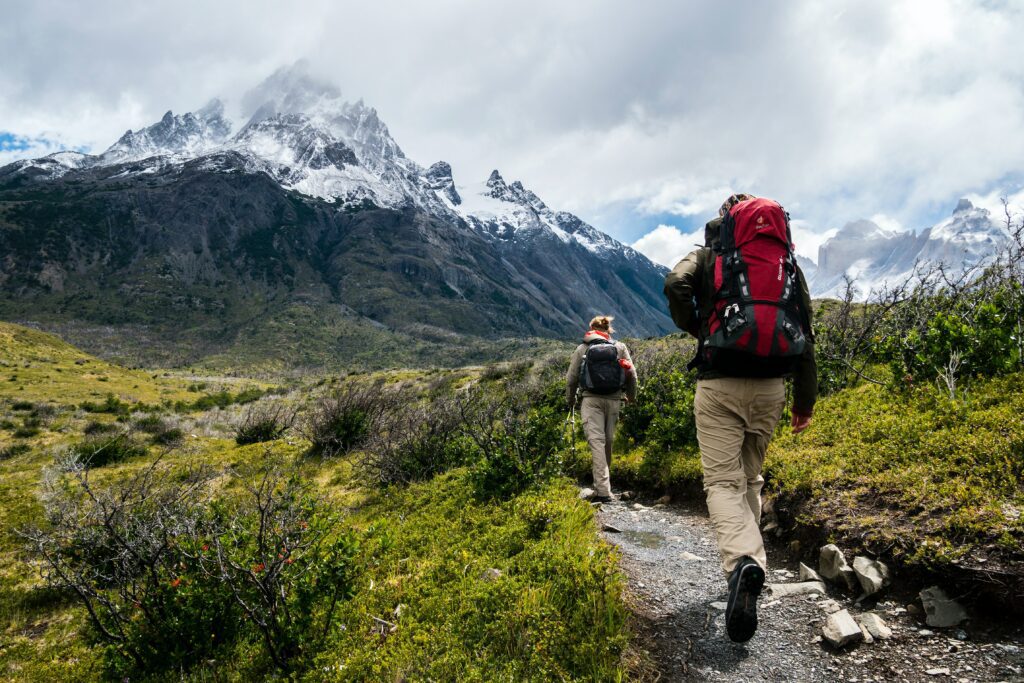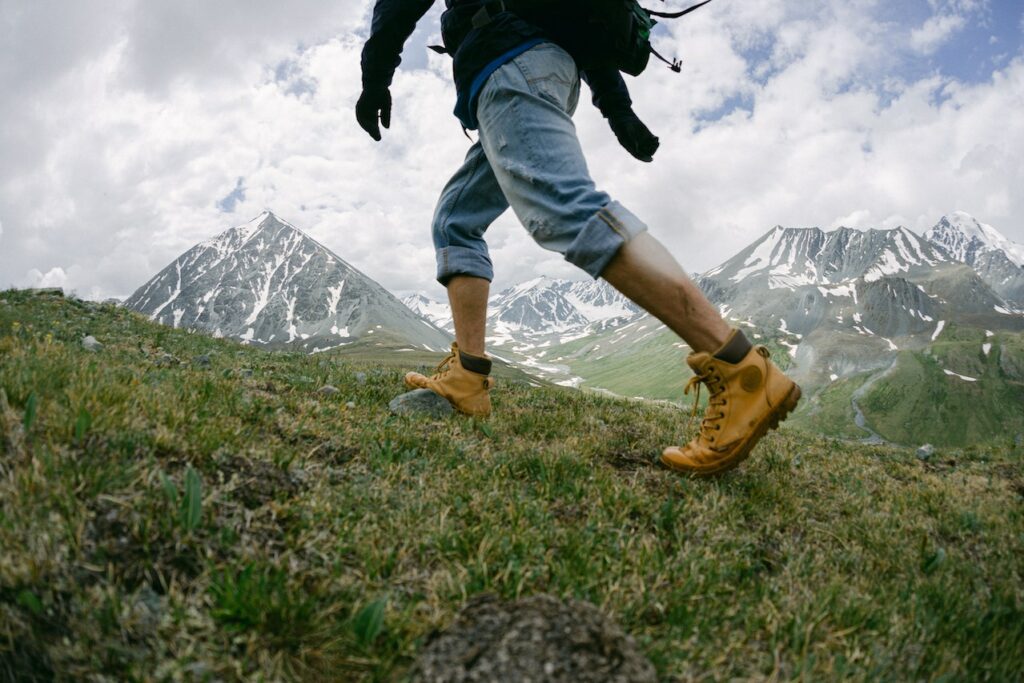Table of Contents
There are several types of hiking boots you can buy each with its own set of pros and cons. Knowing the types of hiking boots or shoes can be a huge help in making sure you have not only a comfortable but also a safe hiking experience; protect your feet and ankles! There are countless reasons why we love hiking. While getting a heavy dose of nature, there are also a ton of physical and mental health benefits that come with putting boot to trail. Enjoying your hiking adventure can have a lot to do with what’s on your feet.

We’ve put together a pretty solid guide of the different types of hiking boots and shoes so you better choose the appropriate footwear for your next hiking trip.
Barefoot & Minimalist Shoes
Barefoot or minimalist shoes are a relatively new type of hiking footwear. People love feeling like their barefoot with a bit of protection, so it’s no wonder they have gained popularity in recent years. They’re designed to give you the feeling of being barefoot while still protecting your feet from sharp rocks and thorns and such. These shoes provide a near-barefoot experience while hiking, as they’re extremely lightweight and promote a low-impact gait.
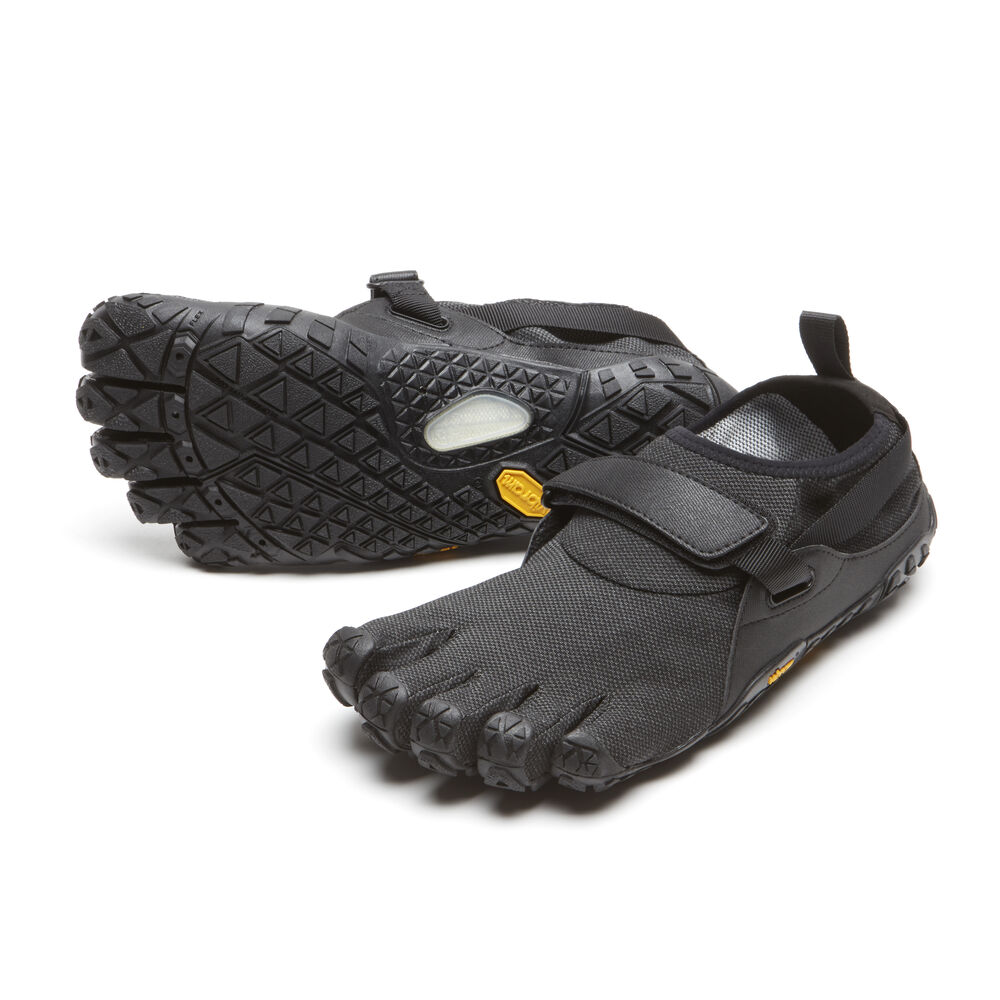
Minimalist shoes are ideal for hikers who want to experience a more natural feel while hiking in moderate terrain with little to no rocky or uneven terrain. Barefoot shoes can put more strain on the Achilles tendon than traditional hiking shoes, so we wouldn’t recommend them to hikers who are new to hiking and maybe haven’t built up a lot of foot and ankle muscle, or if you have any pre-existing foot or ankle issues.
Hiking Sandals
Hiking sandals are perfect for summer hikes or hikes that involve frequent water crossings. These sandals offer excellent ventilation and allow your feet to breathe in hot weather. They also provide excellent drainage and dry quickly, making them ideal for hiking through slot canyons or other water-rich terrains.
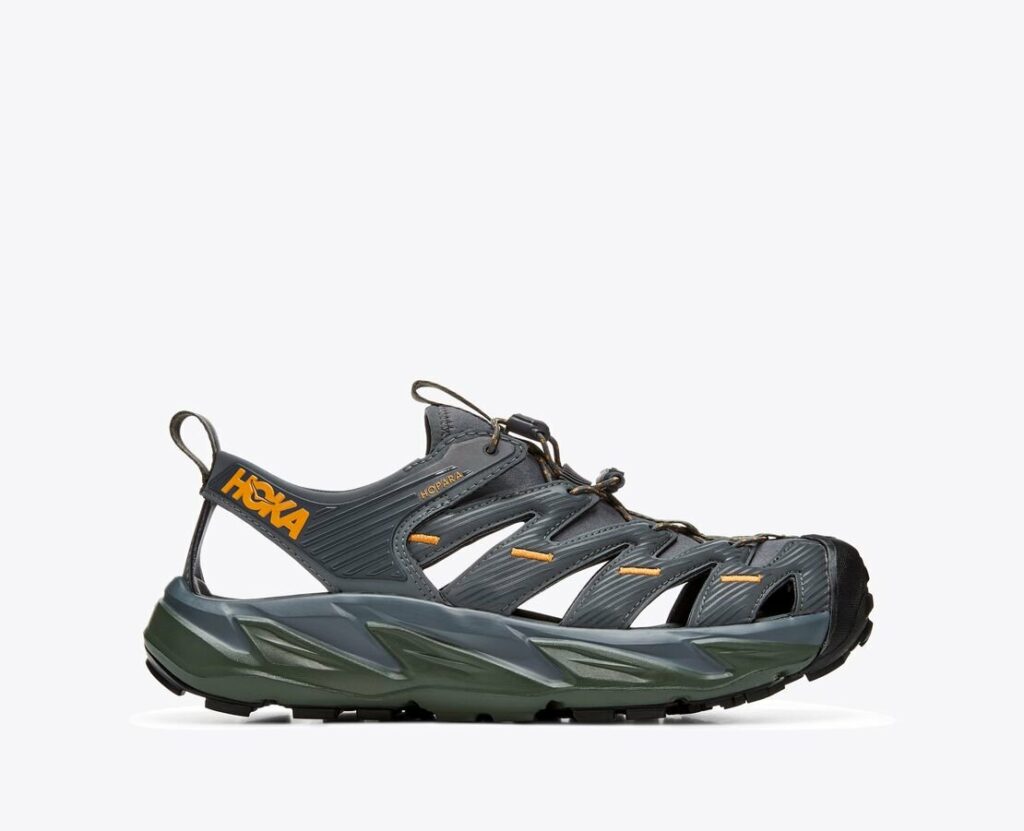
However, hiking sandals don’t provide a ton of support or protection for your feet, so they’re not recommended for hikes where you might encounter rough terrain or long distances. They also leave you exposed. Keep that in mind if you plan on rocking them while hiking in areas where venomous snakes or poisonous insects might be found.
Trail Running Shoes
Looking to go the distance, quickly? Trail running shoes are a great option for hikers who want to pick up the pace and need a lightweight and versatile option for their speedy hiking adventures. Trail runners are designed for running on unpaved trails while providing additional support for uneven and mildly rocky conditions. Trail running shoes are very lightweight and perfect for mild to warm weather hiking, as they’re not very insulated.
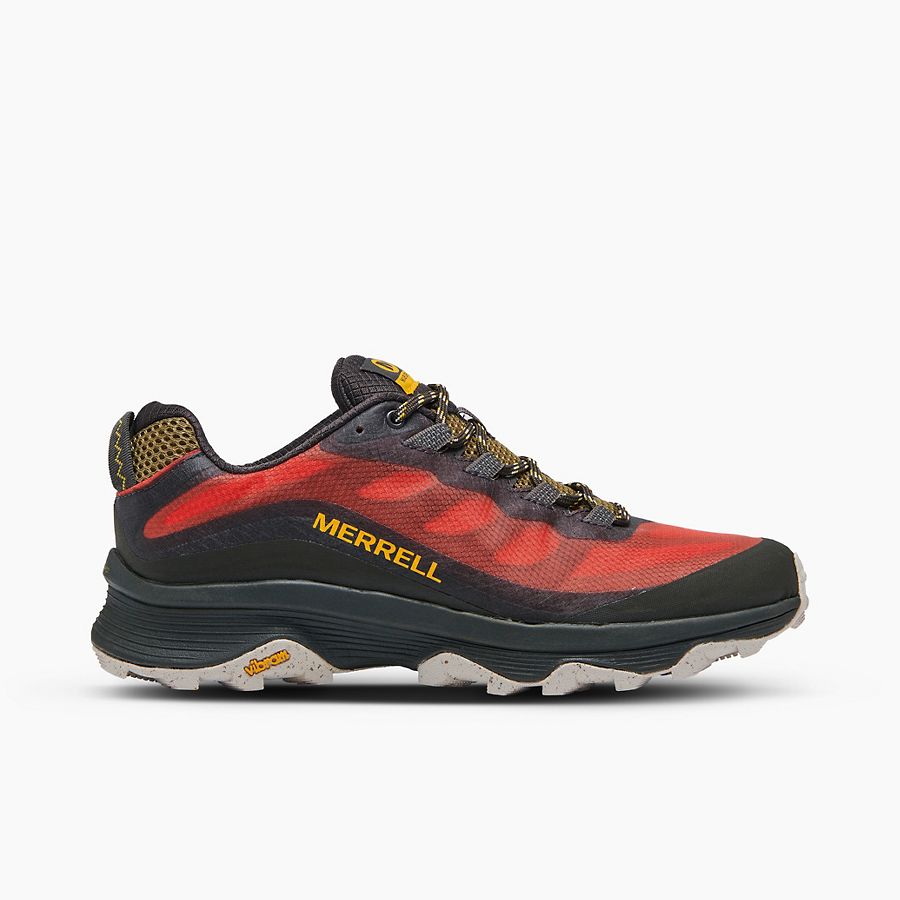
Trail running shoes are also great for day hikes or short backpacking trips with light loads. They offer good traction and dry quickly, making them a great option for hiking in wet or muddy conditions. However, they may not be ideal for hiking in colder weather or hiking through rough terrain.
Approach Shoes
Approach shoes are a versatile hybrid of hiking and climbing shoes, designed to give hikers the stability and traction of climbing shoes while also offering the comfort and support of hiking shoes. They are so named because they are commonly used by climbers approaching their climbing site but are also great for hikers tackling scrambling sections of a trail.
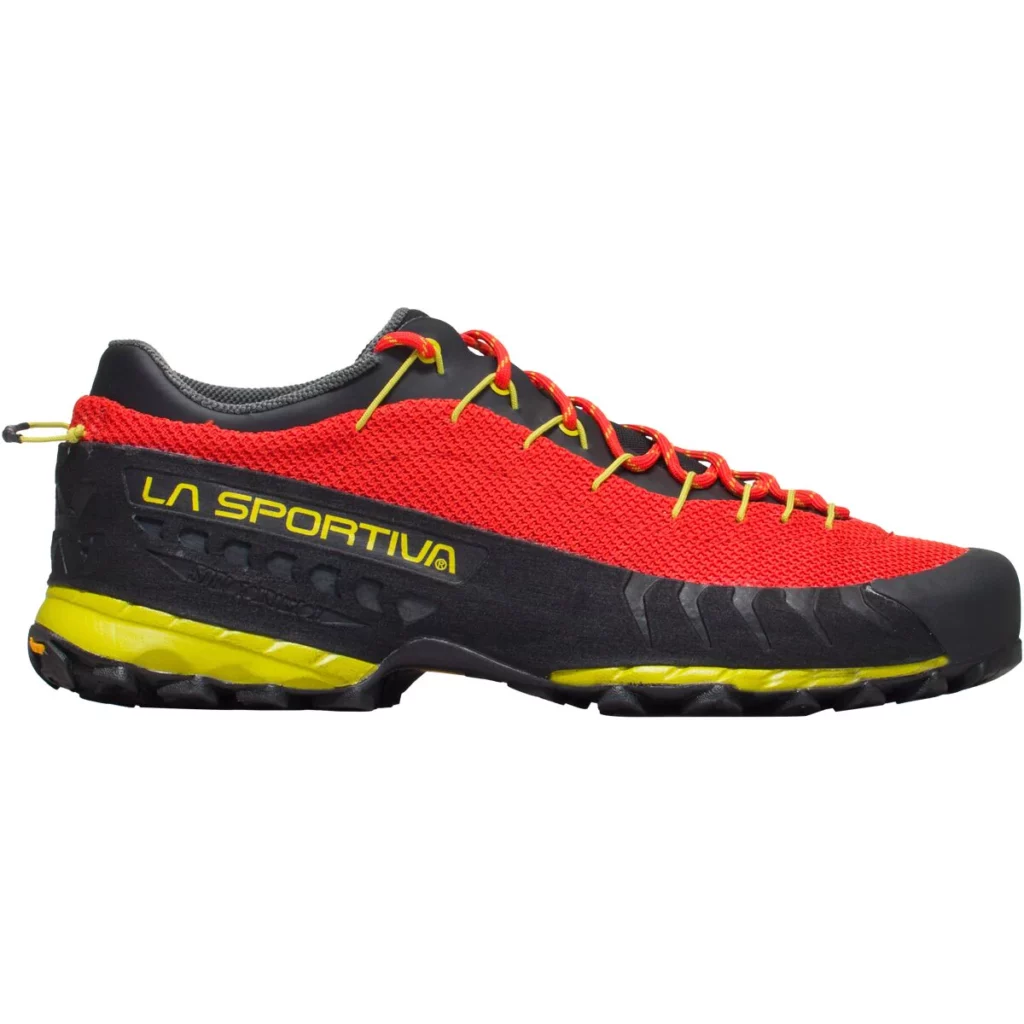
You’ll get more grip from an approach shoe vs a hiking shoe or boot. However, the extra grip comes with a price. These shoes will be less durable than traditional hiking footwear, so they may not last as long if used for extensive hiking trips. Approach shoes are perfect for hikers who want to tackle rough terrains and require excellent grip and stability, but they’re not recommended for long-distance hikes or backpacking trips.
Hiking Shoes
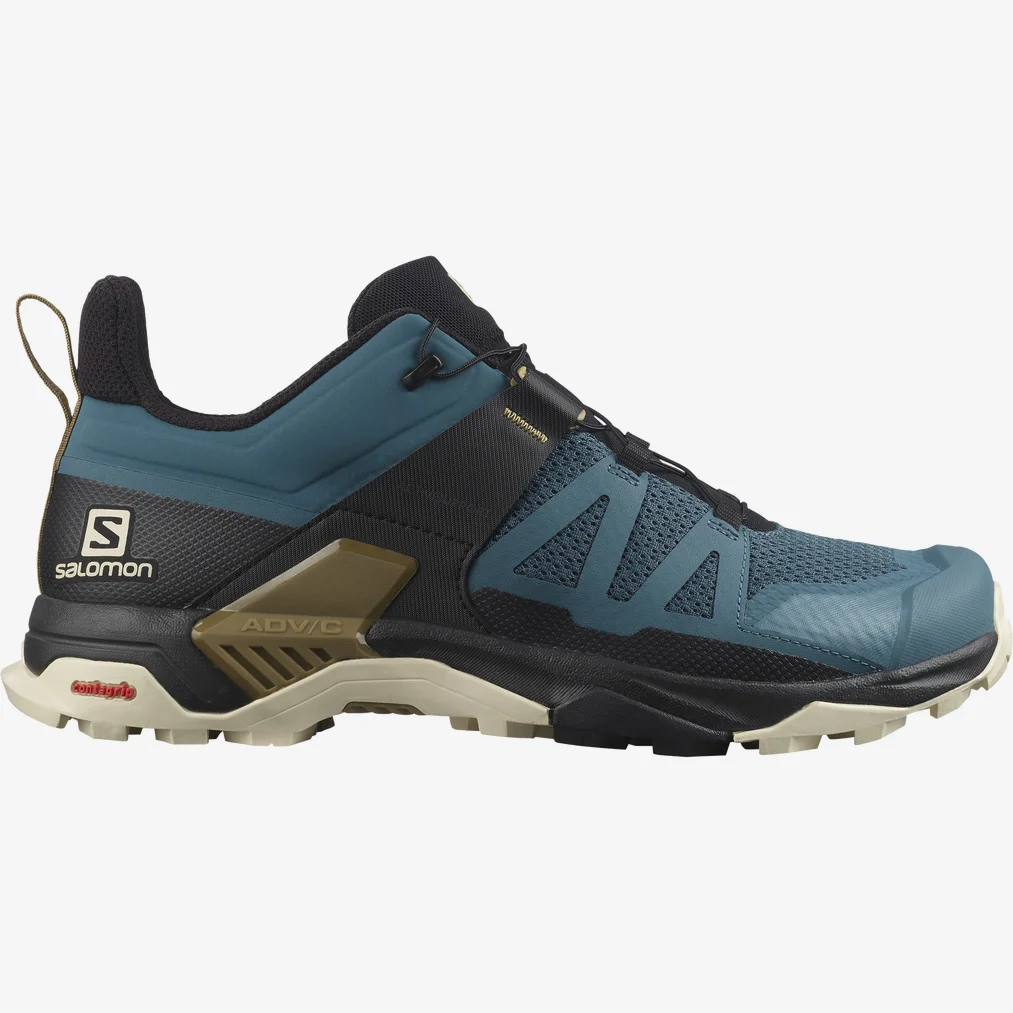
Hiking shoes are similar to trail running shoes but are a bit heavier and stiffer, providing more support and sole padding. They’re perfect for day trips and offer more protection and support than trail running shoes. Hiking shoes are perfect for hikers looking for a casual lightweight shoe with some support and protection for their feet while embarking on hikes with moderate terrain. We wouldn’t advise taking them for long backpacking trips or hiking in rough terrains, as they offer less support and protection than hiking boots.
Day Hiking Boots
Day hiking boots are often middle or “mid” to high-cut boots intended for day hikes or short backpacking trips with light loads. They offer more support, protection, and durability than hiking shoes but are less so than backpacking boots.
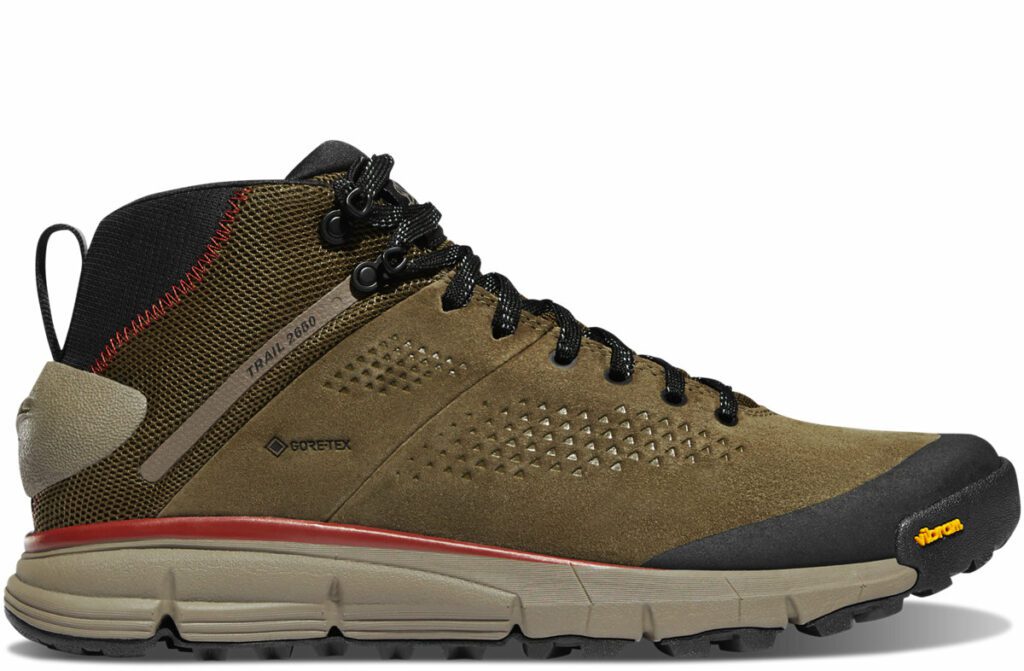
These are the most common types of hiking boots and more of a “bread and butter” type of hiking footwear. They’re a great option for hikers wanting to upgrade from hiking shoes but don’t require the additional support and durability of backpacking boots.
Backpacking Boots
Backpacking boots commonly offer a high-cut boot above the ankle for support and stability, making them perfect for long, multi-day treks with heavy loads. They can also come in a shorter, mid cut. They have thick rubber soles for protection and deep lugs for grip and traction, making them ideal for hiking rough terrains. They will commonly offer scree collars and gusseted tongues to prevent pebbles and debris from getting inside.
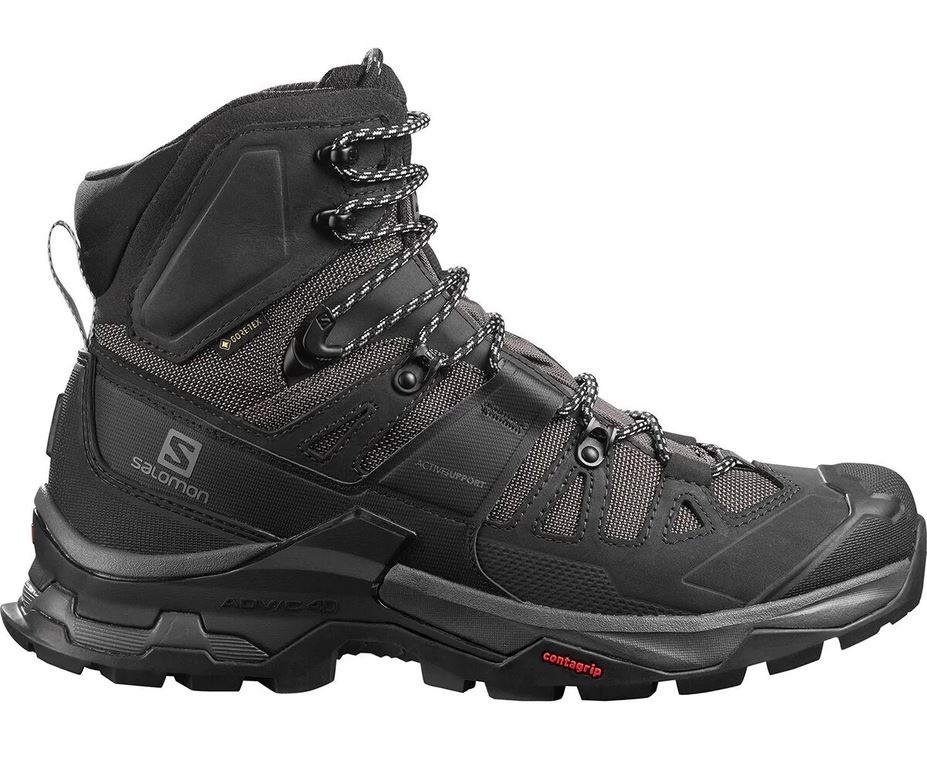
Long hikes with heavy backpacks are when most love a backpacking-style boot. You will get excellent support with better midsoles and strong ankle protection with the high cut of the boot. Backpacking boots are heavier than other types of hiking footwear and foot fatigue is a thing. We would advise against them for casual hikes or hikes in mild terrain.
Mountaineering Boots
At the most extreme end of hiking boots, you’ll find mountaineering boots. They are purpose designed for handling extreme conditions like high-altitude mountaineering or ice climbing. They offer a very tall and supportive boot with removable liners and a lot of insulation. Mountaineering boots are stiff for use with crampons and provide excellent protection and support for your feet and ankles.
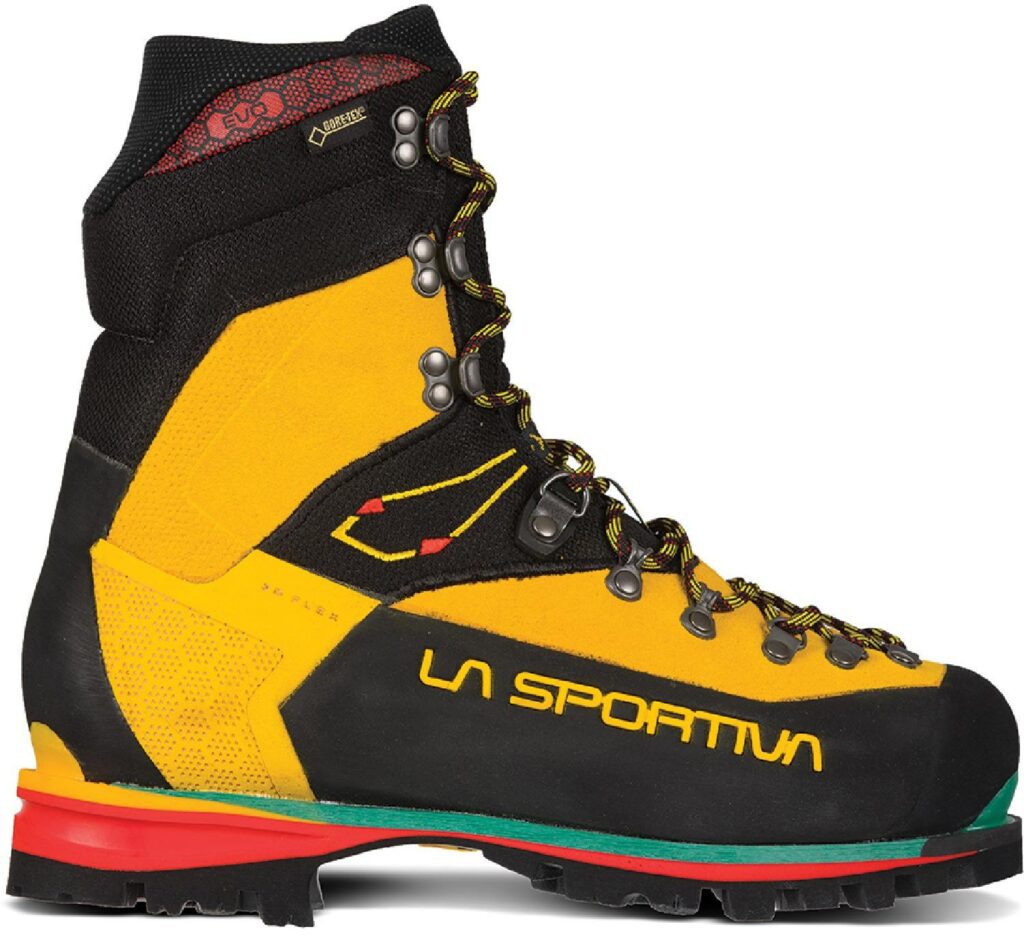
Mountaineering boots are heavy and extremely stiff. We wouldn’t recommend this style of boot for casual hikers or beginners, as they’re expensive and not necessary for most hiking trips. If you don’t know that you need them, you probably don’t.
Conclusion
Choosing the proper hiking boots, shoes, or sandals can make or break a hiking adventure and add to ensuring you a comfortable and safe hiking experience. Above, we’ve explored the different types of hiking footwear available, their features, pros, and cons, and recommended usage and considerations.
Always consider the terrain, weather conditions, and duration of your hike when choosing your hiking boots. Selecting the hiking footwear that fits your needs will give obviously give you the best outcome. Don’t forget to store your hiking boots properly. We hope this helped. Happy hiking!

